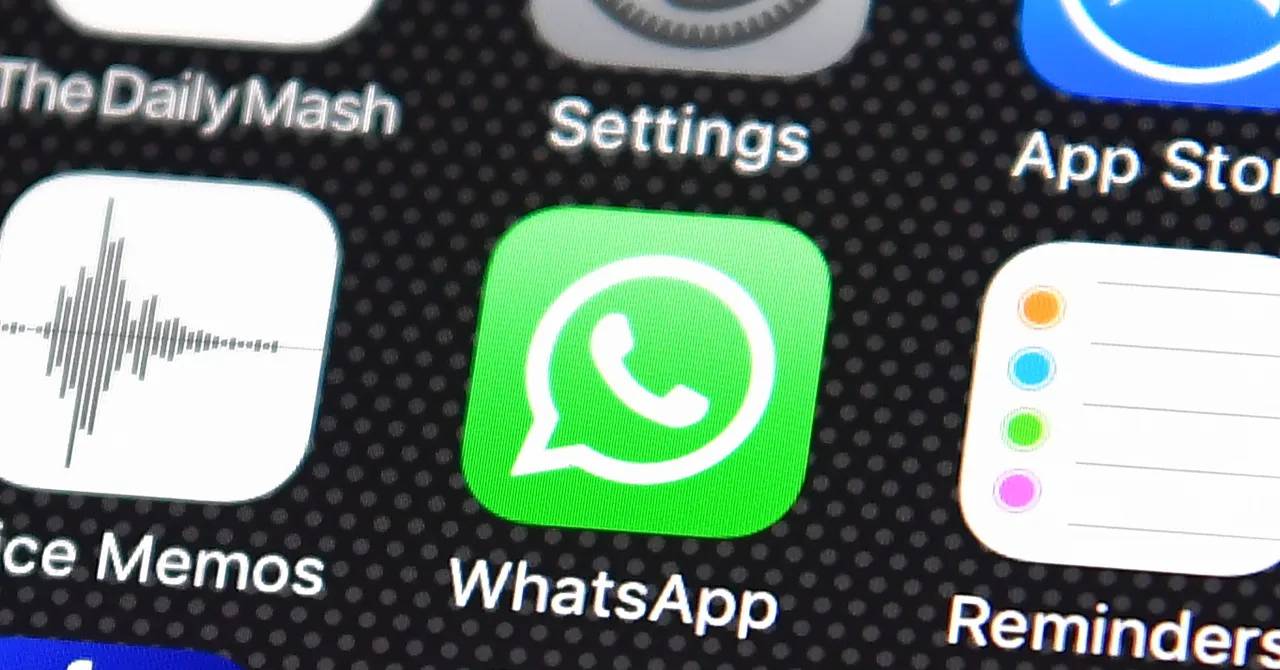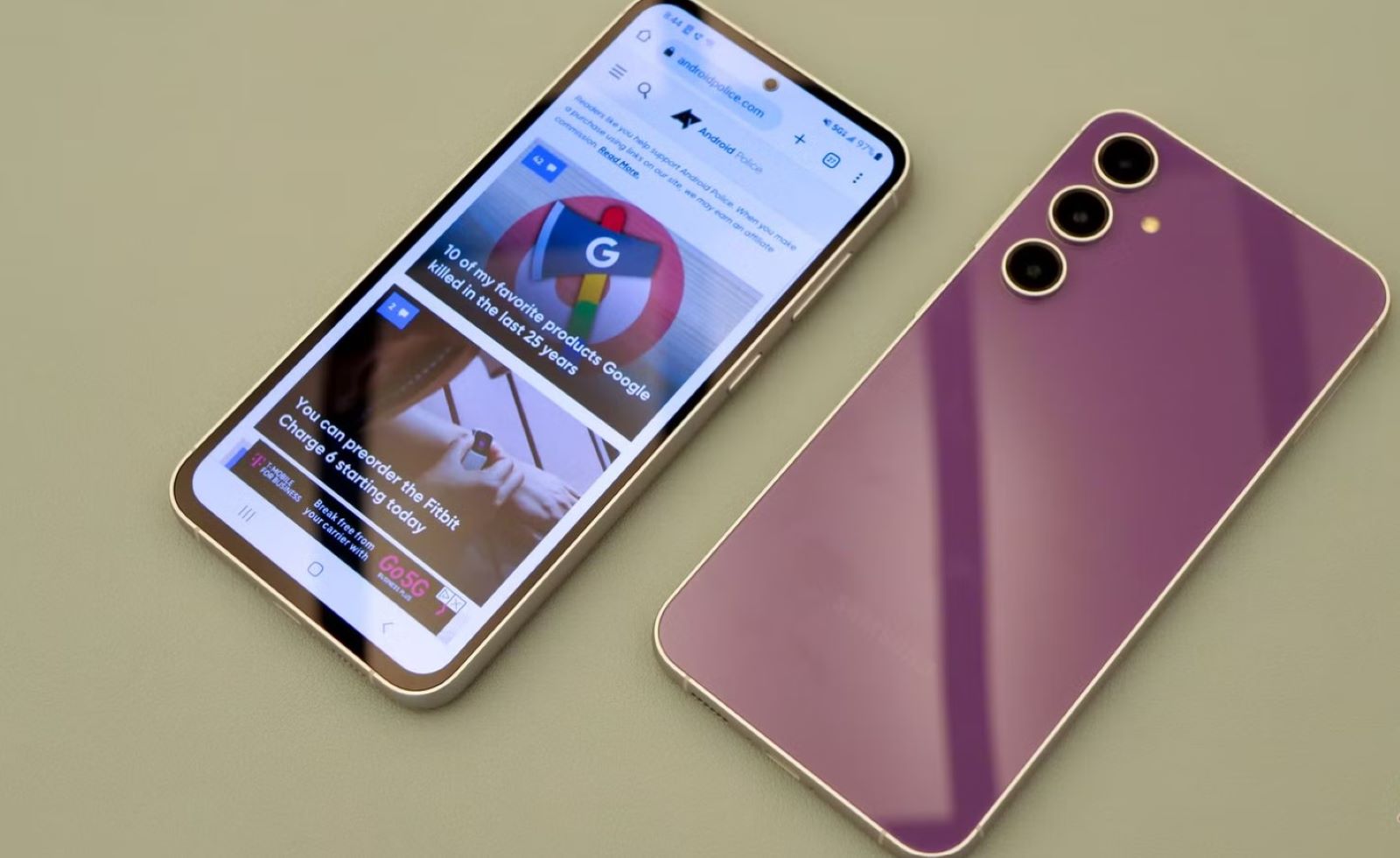In a surprising move, Apple has announced the discontinuation of its ‘Apple Pay Later’ service, less than a year after its introduction. This decision marks a significant pivot from the company’s usual expansion in financial services.
The Brief Lifespan of Apple Pay Later
Launched in October 2023, ‘Apple Pay Later’ was Apple’s venture into the buy now, pay later (BNPL) sector, allowing users to split purchases into four payments over six weeks without interest or fees. The service aimed to integrate seamlessly with Apple Pay, enhancing the iPhone’s wallet app capabilities. However, as of June 17, 2024, Apple has ceased the service, though existing agreements will be honored until their completion.
Reasons Behind the Termination
While Apple has not publicly outlined specific reasons for discontinuing ‘Apple Pay Later,’ market analysts speculate that the decision could stem from several factors. These include lower than expected adoption rates, challenges in the regulatory landscape, or strategic refocusing on other areas of their financial ecosystem. It’s also possible that the integration complexities and customer feedback led to this decision.
Implications for Users and the Market
For users currently using ‘Apple Pay Later,’ there will be no immediate impact. They can continue to manage and repay their existing loans via the Wallet app. However, the removal of this service could direct current and potential users towards other BNPL services like those offered by PayPal, Affirm, or traditional credit cards.
Apple’s Future in Financial Services
Despite this setback, Apple continues to enhance its financial services suite. The company’s other offerings, such as Apple Card and the expansive use of Apple Pay, remain integral to its ecosystem. This move may also hint at Apple’s shifting strategies or upcoming innovations in financial technologies.
The discontinuation of ‘Apple Pay Later’ reflects the dynamic and often unpredictable nature of tech innovation, especially within the competitive financial services sector. Apple’s decision to end this service less than a year after its launch is a reminder of the company’s willingness to pivot its business strategies in response to market dynamics and internal objectives.








